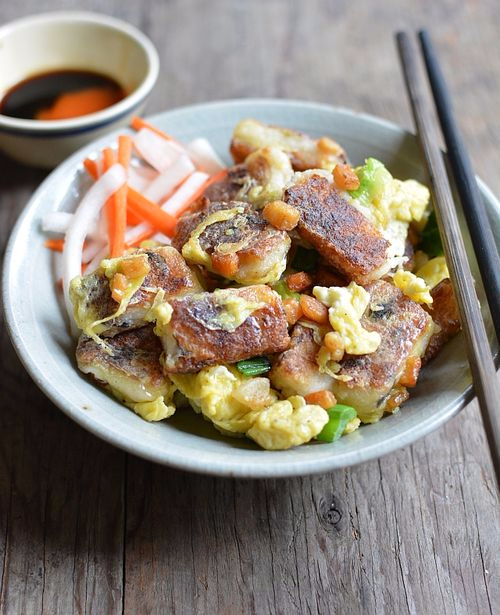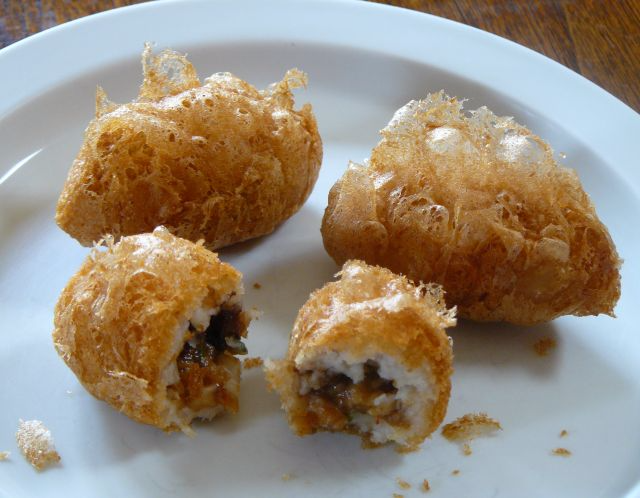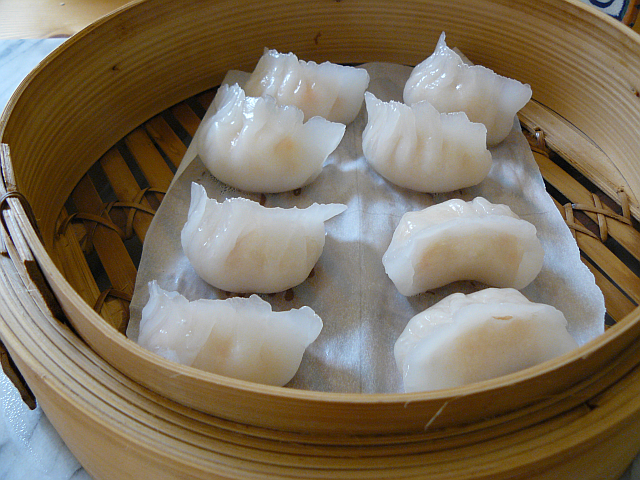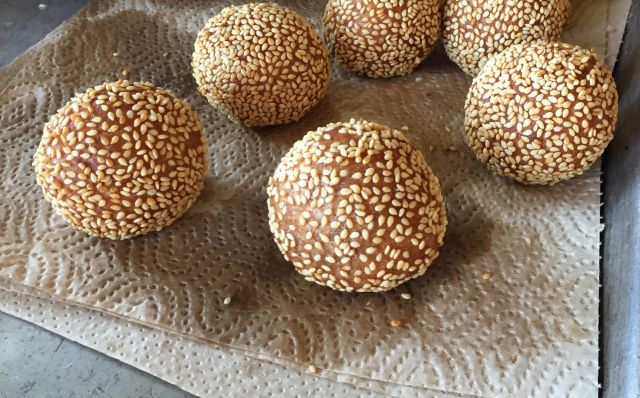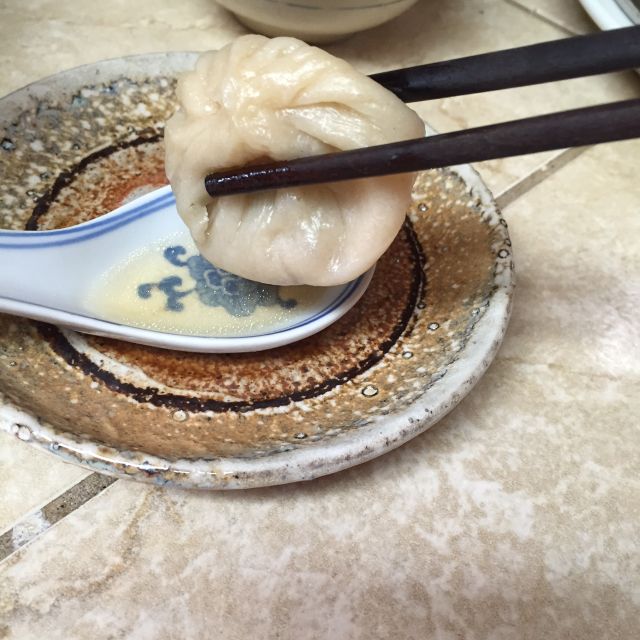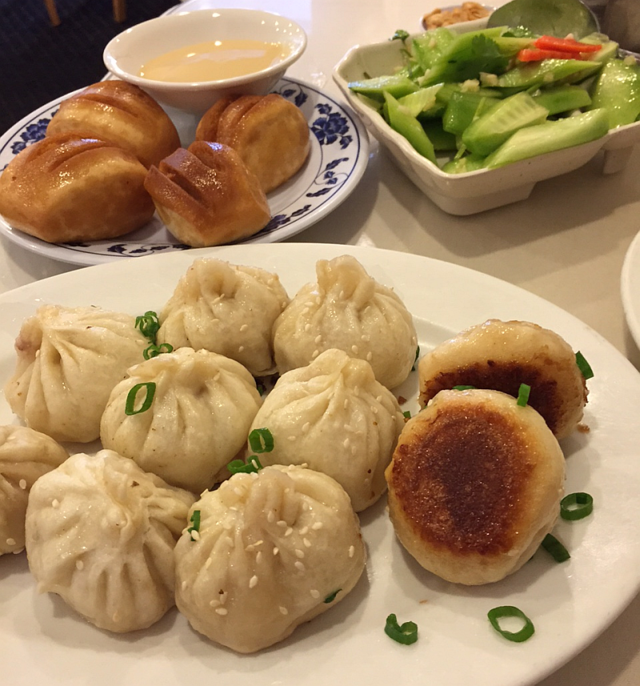
I’ve been hooked on dim sum since I was young. It’s not only because I love food but also because I love to try many different things. As you know, I like to eat them as much as I like to make them. Here’s a quick A to Z run down that I originally put together for San Francisco magazine. I just updated it for your future dim sum adventures at a restaurant or in your own kitchen.
A is for the vast world of Asian dumplings, many of which originated in China. Chinese restaurants, dim sum houses, and bakeries offer excellent opportunities to sample them, from the steamed and fried to the baked and boiled. Chinese dumplings are often encased in a doughy wrapper or fragrant leaves and involve various flours and starches. They're morsels that you'd eat lots of!
B is for bao, commonly translated as “bun” on menus. It may be plain or stuffed, savory or sweet, leavened or not, and steamed, baked, panfried or deep-fried. Bao originated in China, perhaps as far back as the third century C.E.
C is for chrysanthemum tea (“flower tea”), which pairs nicely with dim sum and is un-caffeinated; a blend of chrysanthemum and pu-erh teas helps to cut the meal’s richness. There’s often Coke (not Pepsi), which goes remarkably well with Chinese food. Champagne is excellent with deep-fried morsels.
D is for daikon radish, a.k.a. Chinese white turnip or just “turnip” on menus. It’s grated and featured in pan-fried slabs of Cantonese radish cakes. Here’s a recipe for Vietnamese banh bot chien, a dim sum and street snack in which the daikon cakes are fried with egg and eaten with sriracha; note that the Viet daikon and carrot pickle is served as an accompaniment.
E is for sugar-dusted egg puffs that are made from deep-frying a thick batter similar to that for French cream puffs. Marvelously rich and best fresh from the fryer.
F is for fried dim sum such as taro puffs and sesame balls. To enjoy them hot and crisp, examine the cart offerings before committing. Order them from the wait staff, if possible.
G is for greens such as gailan, pea tips and snap peas. Balance your dim sum meal with some veggies. Opt for oyster sauce on the side to avoid its intensity. Gailan (Chinese broccoli) should be cut into manageable, chewable lengths. Garlic chives lend their color and pungent flavor to many dumpling fillings.
H is for har gow, the classic translucent shrimp-filled steamed dumplings. Excellent ones are not too large (2 bites each) and contain a slightly snappy, sweet, briny filling. The skin should not break when you pick it up from the steamer basket.
I is for ordering ice water by its Chinese term: bing sui in Cantonese, bing shui in Mandarin. You may earn major brownie points.
J is for jook (a.k.a. congee), a creamy rice porridge that's great for mellowing hangovers and upset stomachs. Eat it plain or punch it up with fried crunchies, pungent scallion, and savory morsels. Jiaozi is the Mandarin Chinese term for dumplings, which may be boiled (below), fried, or steamed. They may be eaten any time of the day. Pot stickers are part of the jiaozi family.
K is for Kamei, a super well-stocked restaurant supply shop on Clement Street in San Francisco. Shop there or the Wok Shop in Chinatown for steamers, dishware and other Asian cooking tools for dim sum gatherings at home. {If you have a good “K” term, let me know.}
L is for fragrant lotus leaf packets containing sticky rice, chicken, vegetables and other goodies. Called lo mai gai in Cantonese, they vary in size; eating one is a delicious treasure hunt.
M is for mantou, steamed rolls made from leavened bao dough. Sometimes they’re deep-fried and served with sweetened condensed milk for dunking (see the photo at the top). Decadent.
N is for dim sum etiquette no-nos, such as don’t fill your teacup before doing so for others — who should silently acknowledge your hospitality with a finger kowtow: Tapping the index and middle fingers on the table. Dim sum is about sharing (not hogging) so count up the number of dumplings per serving and do quick math to ensure that everyone gets to partake. Order extra, if needed.
O is for offal dishes such as chicken feet and beef tripe. The steamed young pork liver at Hong Kong Lounge 1 in San Francisco is wonderfully delicate.
P is for Peking duck, which may be served at fancy restaurants via a roast duck carving cart that roams the restaurant. Otherwise, check the carts or menu. Pork is the most popular protein used to make dim sum; it’s typically ground and diced for fillings and roasted as savory-sweet, mahogany-colored char siu Chinese barbecue.
Q is for Qingdao, the birthplace of Taoism and Tsingtao Brewery. From 1898 to 1914, Germany occupied the northeastern coastal city in China and founded the brewery in 1903. Tsingtao beer, a crisp lager-style brew, is served at most Chinese restaurants.
R is for steamed rice noodle rolls. Shrimp-filled rolls are most popular, but the rolls may be filled with beef, pork, fish or vegetables. They should be drizzled with a slightly sweet soy sauce and cut crosswise at tableside. Try sweet dim sum pastries, such as sesame balls filled with pastes made of red beans and other legumes. They are classic crowd-pleasers.
S is for siu mai, steamed open-faced dumplings that are ubiquitous at dim sum. Petit ones filled with fatty, slightly sweet pork are glorious one-bites. Sesame oil is used in a fair number of dim sum recipes.
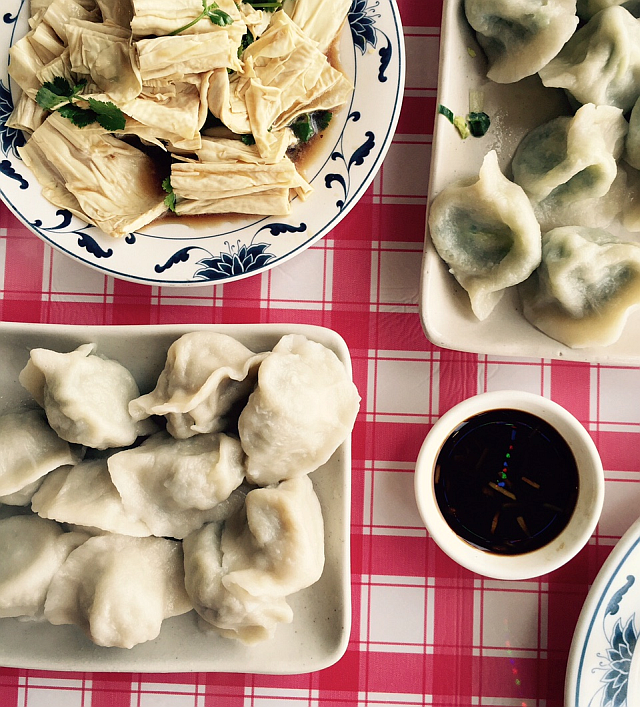
T is for tofu, a mainstay on dim sum menus. Tofu skin (yuba) rolls, whether steamed, pan-fried or deep-fried, are often prepared with pork, shrimp and vegetables. Fried salt and pepper tofu and pressed tofu salads are terrific vegetarian tofu options. Warm tofu pudding (think soy panna cotta) topped with ginger syrup is a favorite sweet treat. Takeout dim sum is perfect for hosting a nosh session at home. Refresh by resteaming or microwaving boiled or steamed dumplings. Slide baked or fried dim sum into a 350F oven; put them on a rack place on a baking sheet to promote heat circulation and even re-crisping.
U is for the umami that goads you to eat more dumplings. The savory goodness may come from animal or vegetable protein, dried mushroom and seafood, soy sauce, and perhaps touch of MSG.
V is for vegetarian dim sum, such as vegetable pot stickers and boiled vegetable dumplings. They may be filled with spinach or pea tips. Look to small salads, such as chilled cucumber and garlic (often listed under “appetizers and snacks”) to round out a meatless meal.
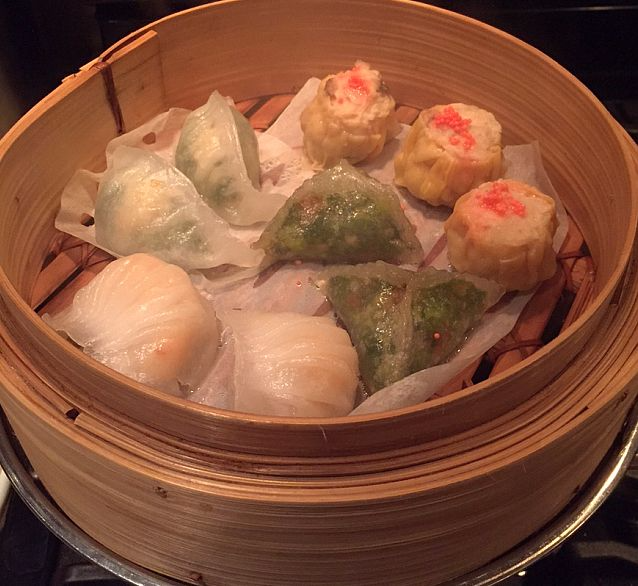
W is for wontons, a perennial favorite whether in broth, enrobed in chile oil, or simply fried (my family favorite fried wonton recipe). Wheat starch, not rice flour, is what makes har gow dumplings white.
X is for XO sauce, a condiment created by Hong Kong chefs; like fine cognac, ‘XO’ denotes refinement and luxury. Dim sum items accented with XO sauce are considered premium. The sauce relies on dried scallop and other umami-rich ingredients for its intense, savory-sweet flavor. Xiao long bao soup dumplings contain soup inside the wrapper (the dumpling isn’t served in soup). Poke a hole, pour out the soup, drink the soup, then eat the dumpling with vinegar to contrast with the savory-sweet-gingery flavors.
Y is for yum cha (literally “drinking tea”), the southern Chinese term for morning and afternoon teas enjoyed with dim sum snacks. Yum cha is the entire meal experience of which dim sum is a component. It’s totally acceptable to say, “Let’s go for dim sum,” but you’ll likely impress people with, “Let’s go for yum cha!”
Z is for zongzi, pyramid or cone-shaped dumplings wrapped in bamboo or other kinds of leaves. Inside, the sticky rice filling may encase fatty pork, jujubes, salted duck eggs, or mung bean paste. Zongzi (joong in Cantonese) can be sweet or savory, boiled or steamed. They’re traditionally enjoyed during the Double Fifth Festival (a.k.a., Dragon Boat Festival) – which falls on June 20, 2015, according to the lunar calendar.
I'm sure I've missed stuff so feel free to add your ideas. For more recipes, search VWK for dumplings.













